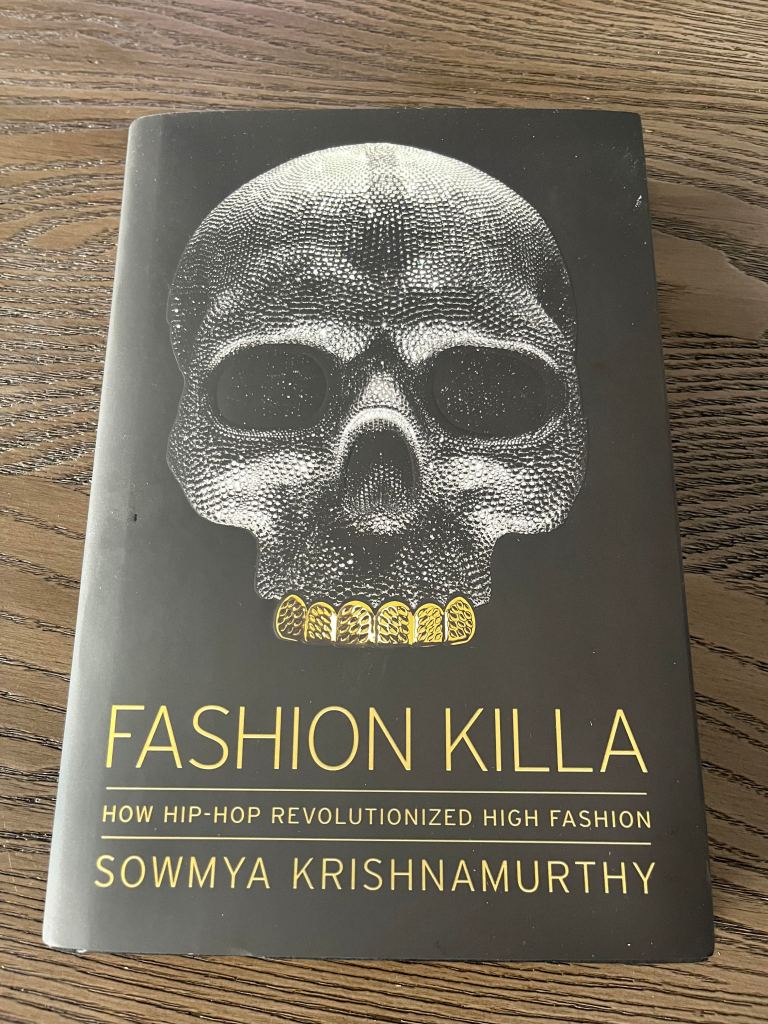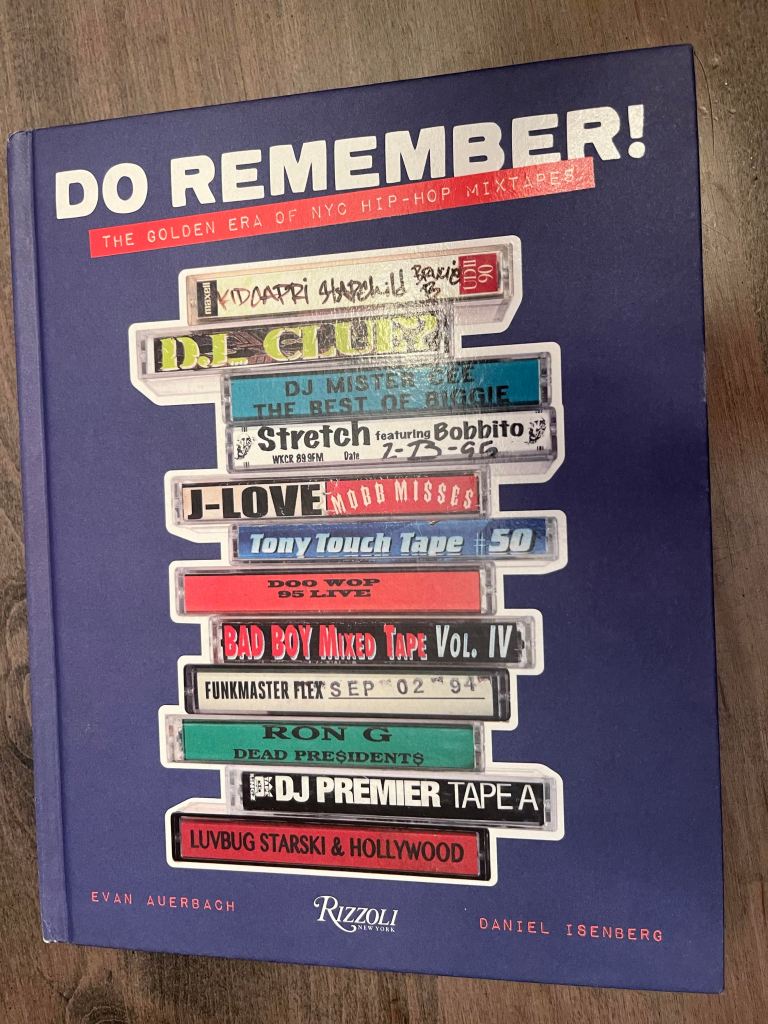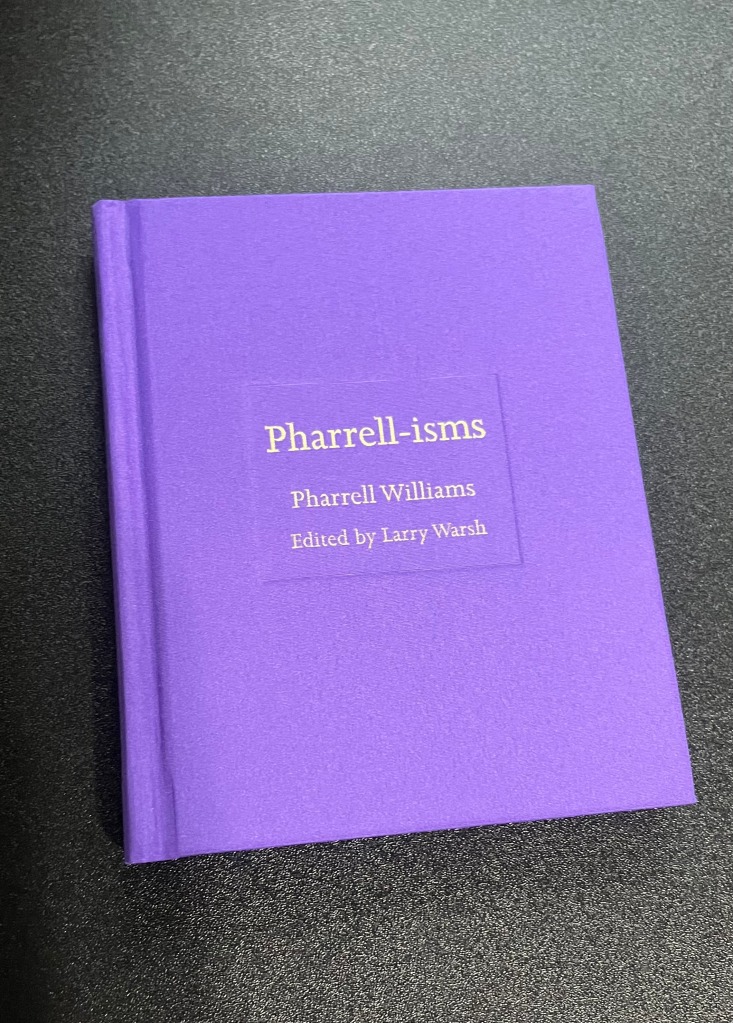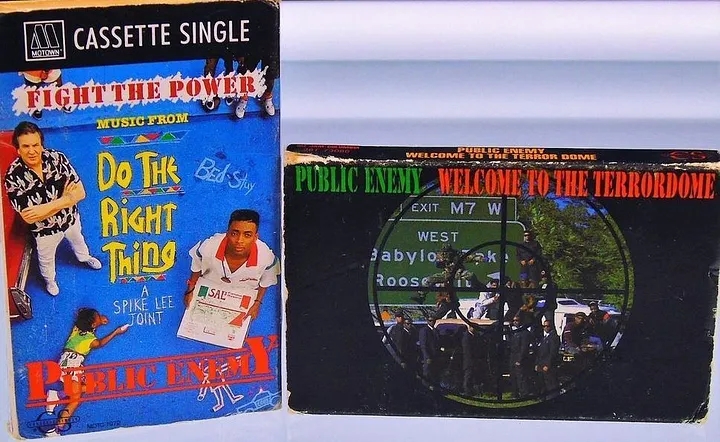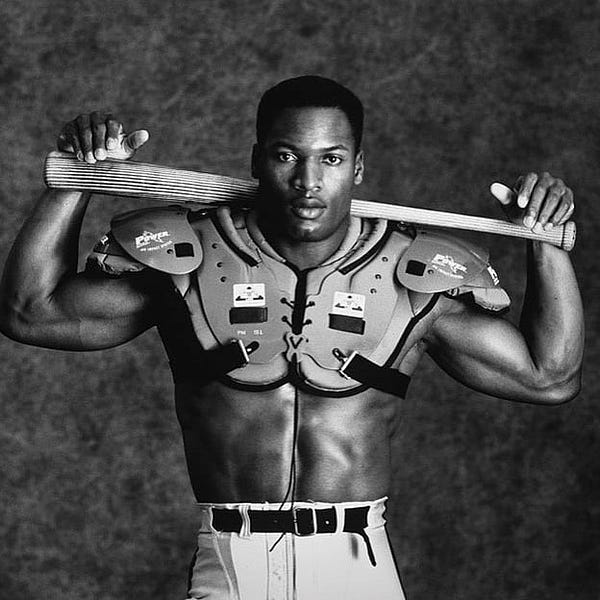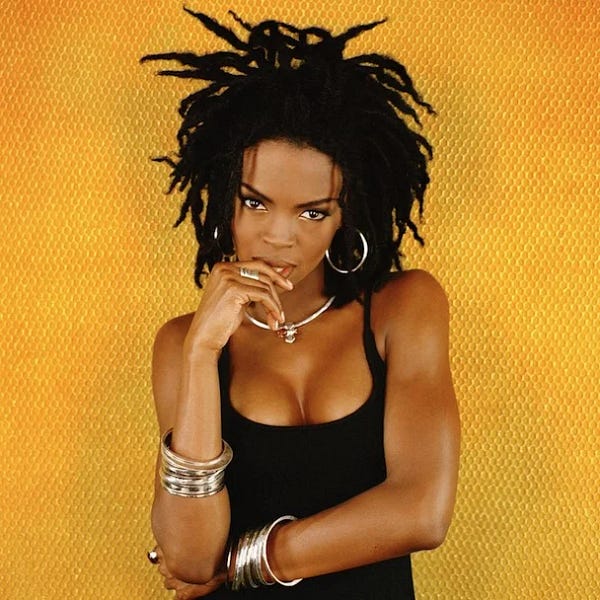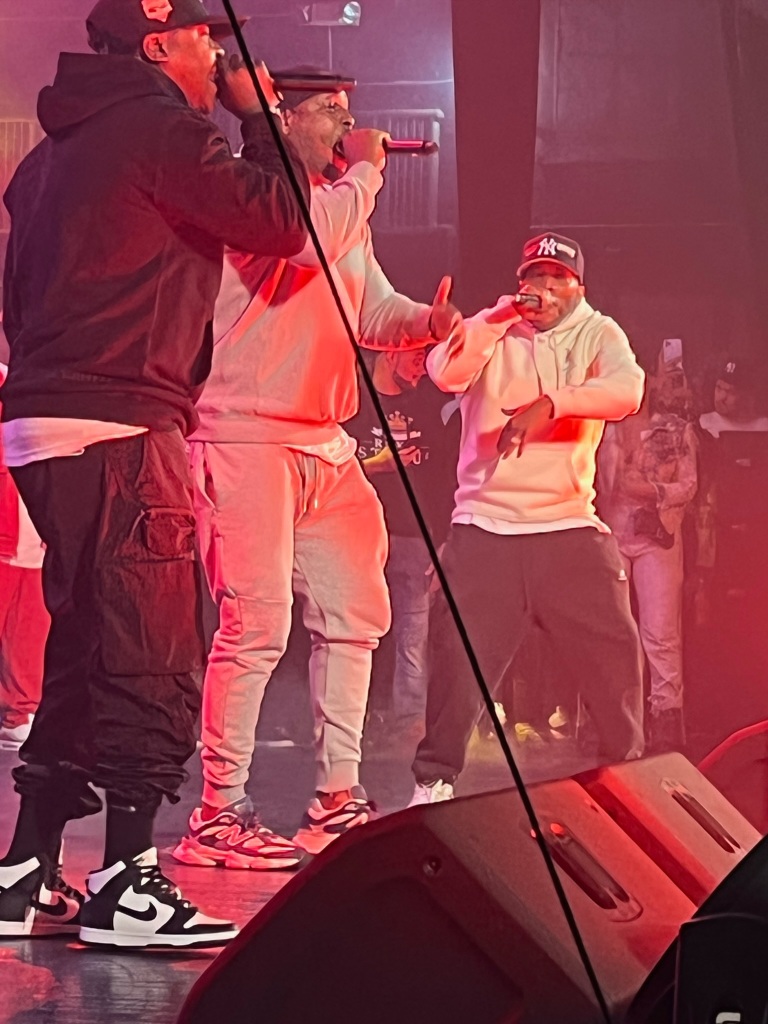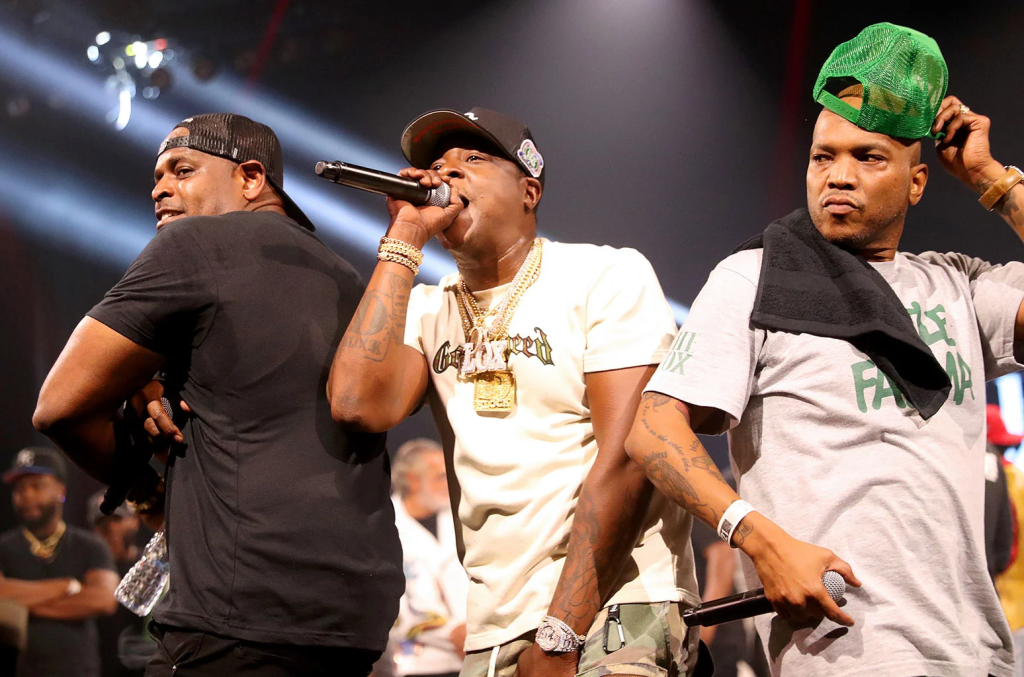As both my personal and professional lives became not just busier, but also more complex, my writing output — and my readership and reach — has declined.
However, I do feel like almost everything I do publish these days is worthy of being clicked on and read. I couldn’t always honestly say that. Still, some things are better than others so I’ve collected the best things I wrote this year — a tradition that dates all the way back to 2015. It’s like my own personal literary version of Spotify Wrapped.
So please take a look below and, if something strikes you as interesting, please give it a click.
